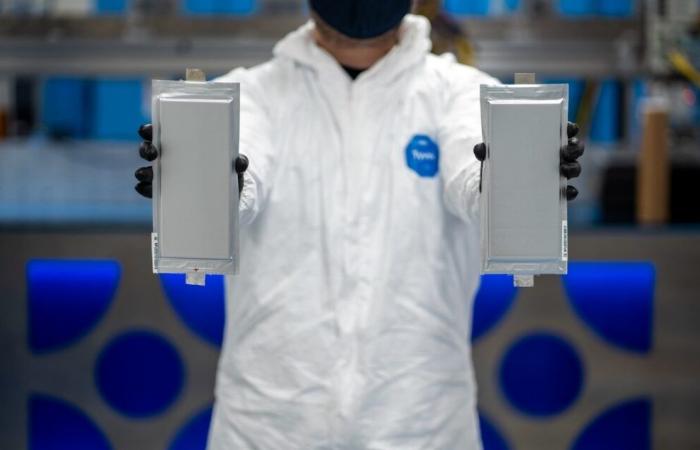A Dutch investigation reveals the behind the scenes of European production of batteries for electric cars, which generates significant rejection rates. But are Chinese manufacturers really doing better?
Is this a sign of a lack of experience or simply a reflection of an industry that does not have the capacity to do “better”? The factories that produce electric car batteries in Europe still seem very far from being very efficient. Reuters, which was able to consult private documents from the Northvolt company, affirms that the rejection rates (unusable battery cells) are enormous and strongly degrade the production of the Swedish giant, which is today on the edge of the precipice. But this is not exclusive to Northvolt: ACC has already publicly admitted that they still have a way to go before having high efficiency. And this Dutch investigation does not reassure.
Up to 90% losses
This is an interesting survey, published by our Dutch colleagues from Financial Daily, which summarizes the numerous interviews with experts and companies in the battery sector. Northvolt, the Chinese CATL, the South Korean LG, the German Varta, the French ACC and the Japanese AESC were at the heart of the investigation. “Large-scale production of batteries is so complex that around a third of them are rejected after manufacturing. For newly opened factories, it can even reach 90%”. Worse still: non-viable battery cells are destroyed and the raw materials… sent to the other side of the world. “Because discarded battery waste is sold worldwide to providers who filter raw materials such as lithium, cobalt and manganese. Brussels wants these raw materials to remain in Europe as much as possible, in order to avoid unnecessary imports.” Ubuesque, while the EU wants to reduce its dependence on China for raw materials.
China does better
The 90% rejection rate is obviously an impressive figure, which can be explained. Indeed, battery production requires materials of high purity handled in complex environments and through around twenty stages before arriving at the final cell. However, almost all battery producers in Europe have no experience in this area and are currently moving forward gradually. The rejection rates will therefore decrease over time, but the delay in China – whose rejection rates vary between 4 and 12% – seems so big that one wonders “if” and “how” it will be caught.
Compare the real ranges of the best electric cars according to our standardized measurement cycle. Battery capacity, consumption, autonomy, we tell you everything!
Published on 11/19/2024 at 4:30 p.m.
- -





